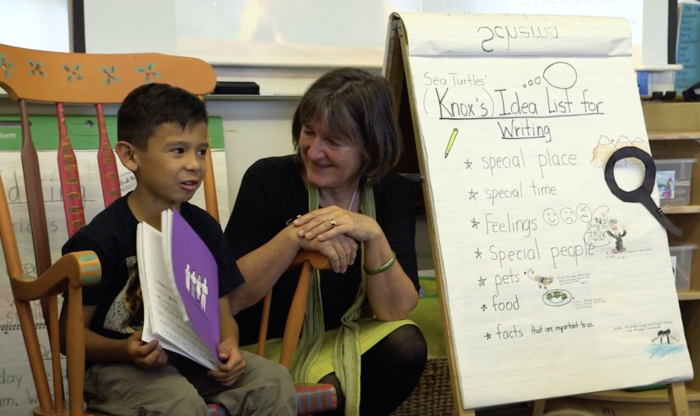Recently, we were asked “How do you know whether (or not) your students are understanding?” This was, of course, an accountability question. Fair enough. If my “end-of-unit test” shows that my students do not yet understand place value, I will know to re-teach the concept. There are many discrete skills in the learning process that can and should be assessed. And we have a plethora of such assessments.
The question triggered me to think way back to my own time in school. I had lots of “A’s”. Does that mean I understood? Certainly, I was able to memorize, practice, and apply mathematical formulas, for example. Many years later, I helped my own children with math homework. All of a sudden, I had some “aha’s” – this is how fractions and decimals are related! I began to notice patterns and relationships of mathematical phenomena that had seemed completely unrelated to each other before. Could one say that I then understood? Now I am teaching students about fractal geometry and Fibonacci numbers, exploring how nature and math connect. Together we are amazed and continue to wonder and discover. Do I understand math now? Do my students? For me it might be true to say that I picked up more skills. But when it comes to “understanding,” I feel that all I understand at this point is that math (and everything else in this world) is fascinating and endless and that I tremendously enjoy discovering new and surprising relationships. In Creating Cultures of Thinking, Ron Ritchhart writes: “ It (i.e. understanding) is decidedly nonbinary in nature, and in fact some might argue that understanding can never be fully complete and absolute.” (p.48) This resonated with me as I was mulling over the question about understanding.
Back to our students then. We teach discourse as discrete skills, how to listen, how to paraphrase, how to articulate thinking. We teach how to ask questions, to infer, to activate schema. These are the tools we offer our students and we support them in the practice. But when it comes to true “understanding,” I believe that we must step back and allow a bigger view. We have to trust that through personal experiences and conversations of their own, our students will be on their individual, life-long journeys of understanding with moments of clarity and times of confusion.
In her blog segment, my teammate Mary beautifully uses the image of a mountain stream, running downhill over obstacles until it comes to temporarily rest as a clear lake as a metaphor for the process of understanding. I am wondering if in some instances trying to grasp a situation, concept, or idea might seem more like a serpentine ascent to a rocky mountain top (think: trying to comprehend our current Covid19 situation and what it might lead to)?
So, when we lean into our students’ “turn and talk,” we listen for thinking that is active, for wondering and pondering together, for listening to each other, for responding and listening again, for exchanging and nurturing fledgling ideas, for considering possibilities, for the planning of research, for the emergence of questions. To witness moments of such discourse is our delight, because then we know that, YES! our students, just like us, are indeed on their journeys of understanding.

